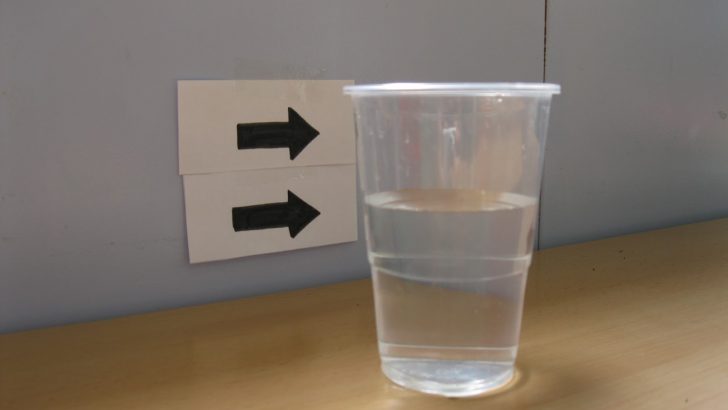Children’s Corner
Refraction is a word that would make many people switch off instantly, it’s not something that regularly comes up in conversation – unless perhaps you were studying physics in school or university.
The term is actually profoundly important and explains a natural phenomenon that everyone comes across daily. For kids, and some adults who have no interest in science, the definition isn’t something that immediately makes sense.
It’s explained as being when waves, such as light or radio, are deflected from a straight path when passing obliquely from one medium to another, in which its velocity is different.
For example, when you put a lemon in a glass jug filled with water, light rays are refracted when they move from the first medium (air) to another medium, which would be the glass and then the water in this case. This causes the lemon to appear bigger than it actually is when viewed from the sides.
A good experiment that would help kids understand refraction is very easy to conduct and doesn’t need anything more than household objects.
What you need
-Water
-Jar or glass
-Paper with a design on it.
The paper needs to have two arrows just above each other either printed or drawn on, they should be the same size and pointing in the same direction.
The method is very simple. Place the sheet of paper behind the glass or jar of water, making sure they can both be seen through the container and they aren’t above it. While looking at the arrows, fill your container with water and watch as the arrows swap direction.
Before hitting the arrow, light travelled from the air, through the glass, through the water, through the back of the glass, and then back through the air.
Anytime that light passes from one thing into another, it refracts. When light went through the glass the light bent toward the centre. That’s where the light all came together; this is called the focal point, but beyond the focal point the image reversed because the light rays that were bent pass each other and the light that was on the right side is now on the left and the left on the right. That is what makes the arrows look like they’ve reversed the direction they were pointing.


 Chai Brady
Chai Brady
